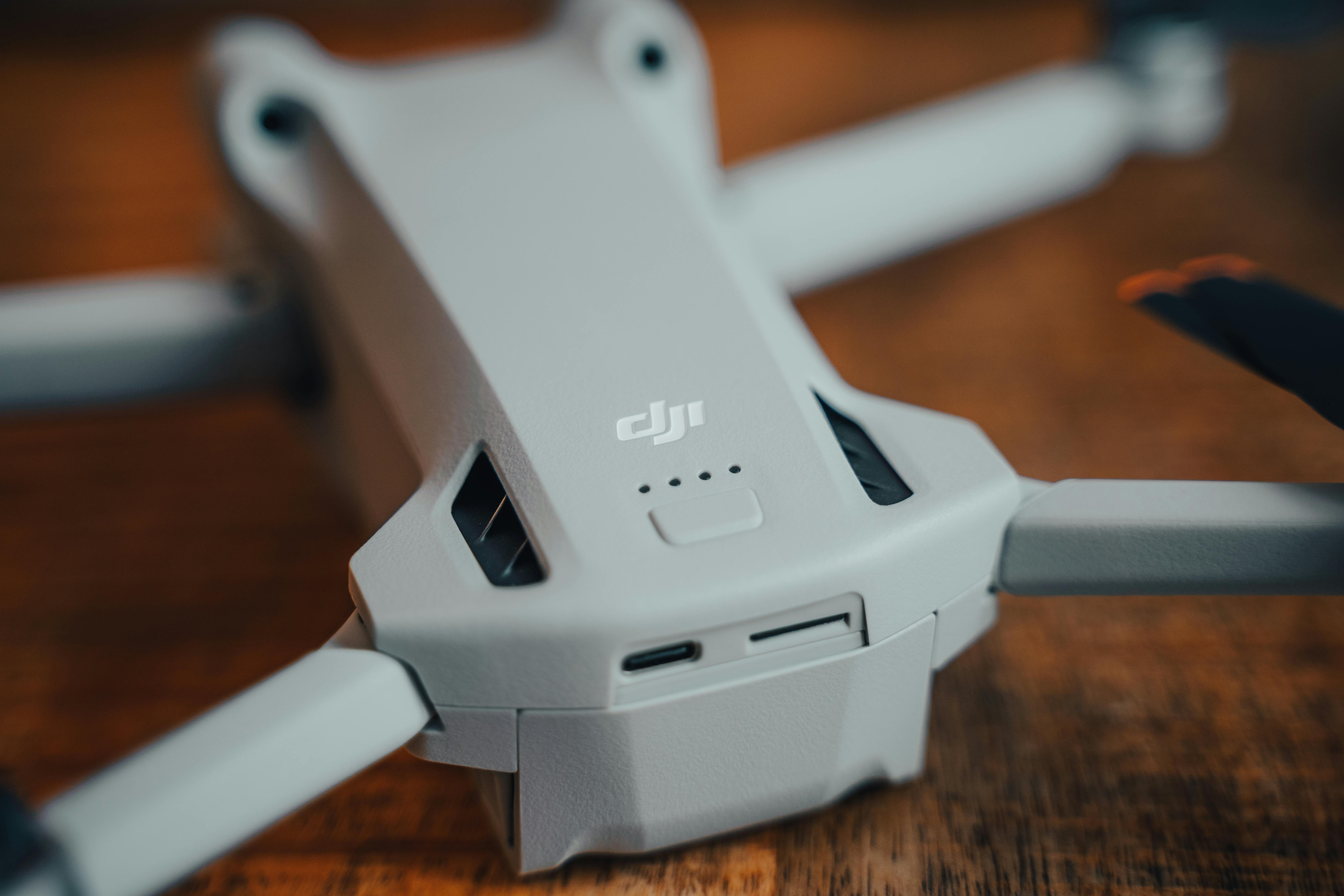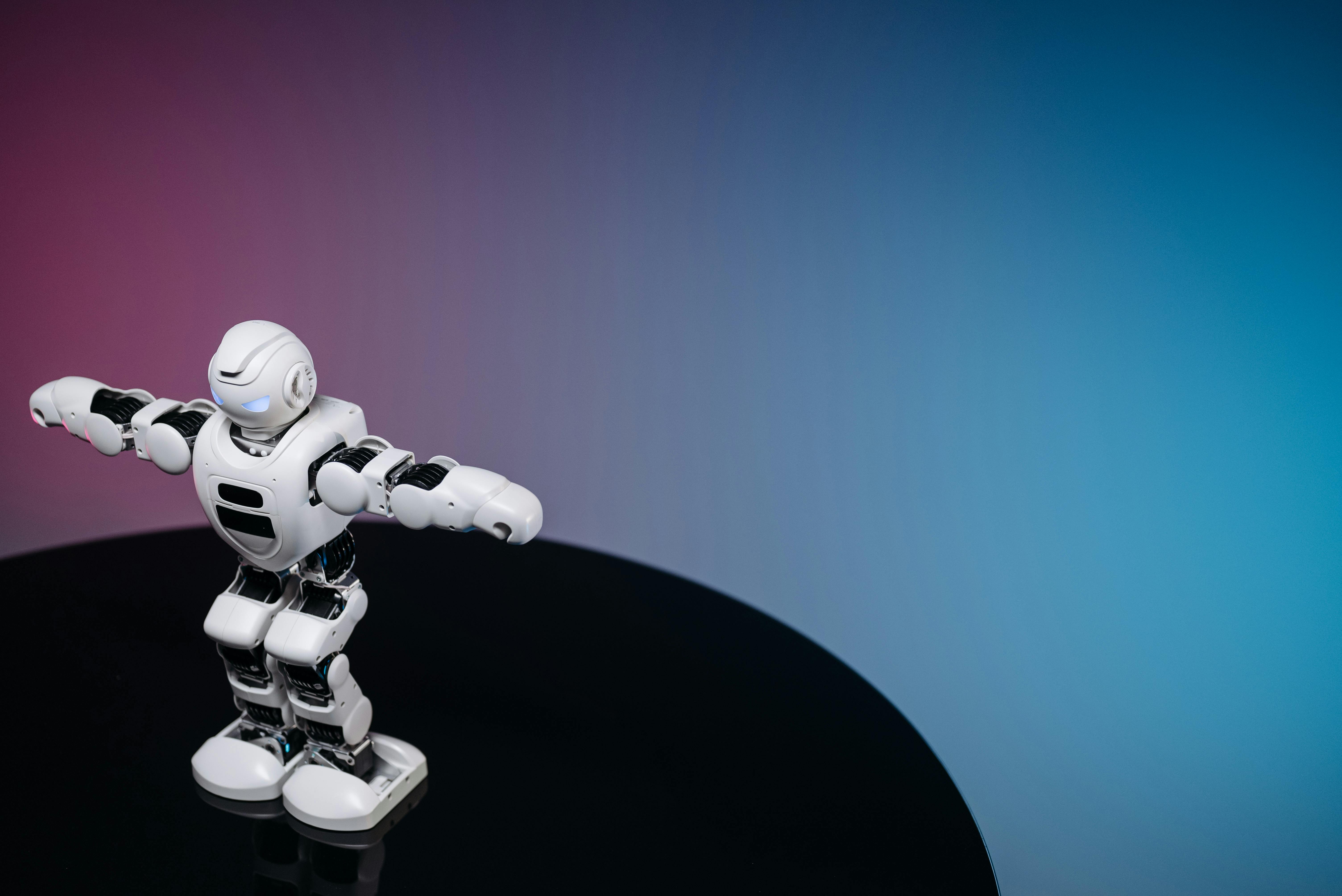Japan’s Guide to AI Robotics: Enterprise Automation Made Scalable
Ever wondered how Japanese enterprises manage to lead the world in scalable automation, blending artificial intelligence (AI) with robotics so seamlessly? Honestly, having spent nearly two decades navigating tech trends across Asia and Europe, I’ve never seen anything quite like the Japanese approach. People often talk about Silicon Valley’s swagger or Germany’s rigor, but Japan’s fusion of creative engineering, disciplined process, and humble iteration is just—different. The advances aren’t just technical; they’re cultural, structural, and rooted in the rhythm of day-to-day business life. So, if you’re hunting for proven, real-world ways to integrate advanced AI with robotics, unlock massive ROI, and sidestep common pitfalls, read on. Because this isn’t theoretical—Japan’s already living it.
Why Japan? A Cultural and Historical Perspective
First, let’s be clear: Japan’s legendary prowess in robotics isn’t accidental. It’s rooted in decades of cultural reverence for technology—think Astro Boy, industrial factories humming in Osaka, and meticulous process improvement philosophies like “kaizen.” What struck me the most during my first research trip to Tokyo in 2015 wasn’t just high-speed trains or humanoid robots greeting shoppers; it was the quietly relentless pursuit of technical perfection married with a genuine humility about failure. Now, that’s something you rarely see in Western boardrooms.
“Japan’s unique blend of ‘monozukuri’ (craftsmanship) and ‘kaizen’ (continuous improvement) has created the perfect soil for AI and robotics to flourish—not just as tools, but as enterprise lifeblood.”
How did we get here? Postwar Japan embraced automation early to combat population declines and labor shortages1, fueling a steady march from basic factory robots to today’s AI-driven cyber-physical systems. Recent stats show more than 350 robots per 10,000 employees in Japanese manufacturing2, outpacing even South Korea and Germany. That’s not a fad—that’s culture.
Defining Next-Level AI Robotics in Enterprise Automation
But what do we really mean by “AI with robotics,” especially in an enterprise setting? Three years ago, I thought it was just about slapping machine learning onto an assembly line. Now, I advocate a far richer definition. Japanese enterprises use AI robotics to automate not only repetitive shop-floor tasks, but also supply chain optimization, predictive maintenance, staffing, inventory control, customer engagement—you name it.
Wichtige Erkenntnisse
- AI + robotics isn’t about ‘replacing labor’, but reimagining how work gets done—from the warehouse to the boardroom.
- Scalability demands synchronizing robots, data, and human workflows—an overlooked pillar in most Western automation playbooks.
- Successful Japanese models leverage the “human-in-the-loop” principle: training AI with actual worker feedback, correcting robot errors in real time, and creating continuous process improvements4.
There’s more, obviously. AI in Japanese robotics is often built on open, modular architectures, so every component—from sensors to vision systems to natural language interfaces—can be easily updated or adapted without root-and-branch overhauls. That’s huge for scalable enterprise deployment. And the recent surge in data-driven optimization? It’s quietly revolutionizing industries through real-time A/B testing and operational analytics, ensuring that even the smallest tweaks get measured and learned from—across thousands of robots and workflows5.
From Pilot to Scale: What Japanese Companies Get Right
Moving from a shiny automation pilot to actual enterprise scale is, let’s be honest, the thing that keeps CTOs and project leads up at night. Now, here’s what gets me about Japanese strategy: the laser focus on incremental scaling. Instead of rushing a single “moonshot” factory, companies like Fanuc and Omron start with small, modular deployments; they refine the process, scale in graduated phases, and actively involve shop-floor workers in providing feedback—a human touch often missing from Western deployments6.
- Iterative Scaling: Deploy new AI-driven robots in one factory, learn, adapt, expand to three, then thirty.
- Integrated Training: Employees shadow robots, flag edge cases, and relay operational data back to engineering teams for model refinement.
- Continuous Improvement: The “kaizen” mindset means the feedback loop never closes. Major process changes require sign-off not just from managers, but frontline operators and system integrators—a radically inclusive approach7.
Mistake to Avoid
I’ve seen Western firms try to impose top-down automation with little buy-in from end users. Result? Technical perfection, but poor real-world outcomes, skyrocketing maintenance costs, and “robot fatigue.” Japanese companies treat human feedback as much as technical input—a lesson worth adopting by anyone serious about scale.
Featured Snippet Table: Japanese Enterprise AI Robotics Scaling vs. Western Strategies
| Phase | Japanese Model | Western Model | Common Pitfalls |
|---|---|---|---|
| Pilot | Small scale, human-centric, modular feedback loops | Centralized, large, tech-led demos | Lack of user feedback, misalignment with operations |
| Growth | Gradual expansion, process documentation, flexible tech stack | Rapid rollout, legacy system stress | Training bottlenecks, integration complexity |
| Scale | Dynamic adaptation, continuous improvement, ROI tracking | Standardization fatigue, diminishing returns | High maintenance, low morale |
“The strength of Japanese automation is not in the tech itself, but in the relentless pursuit of process refinement—always, always learning from mistakes.”
Case Studies: Manufacturing, Logistics, and Healthcare
Want the hard data? Let’s look at some living examples.
- Manufacturing: Toyota’s AI Predictive Maintenance
In 2019, Toyota deployed an AI-powered robot fleet for predictive maintenance at Motomachi plant. Result? 50% fewer unplanned shutdowns, $5.2 million savings in annual downtime costs8. What I love here is how Toyota’s engineers worked with floor staff to refine the data models—not simply pushing out algorithms, but evolving them through daily usage. - Logistics: Yamato Transport’s Automated Sorting Centers
Yamato went all-in on vision-guided robotic sorters, then layered deep learning for package recognition. Besides doubling throughput, they reduced worker injury rates by 73% over two years—a staggering safety improvement seldom mentioned in English-language commentary9. - Healthcare: Fujita Health University Hospital
Starting in 2020, Fujita deployed robots trained on anonymized patient data through federated learning. These bots assist with scheduling, medicine delivery, and real-time incident alerts. Patient satisfaction scores climbed by over 21%, and operational stress among nurses plummeted, proving that “human-centered AI” is more than a headline—a measurable, scalable outcome10.
These aren’t perfect stories. At the Motomachi plant, early sensor cascades malfunctioned in humid conditions. Yamato’s robots once misclassified fragile packages, causing costly breakages. Fujita dealt with staff pushback over “cold” automation. Only by iterating, sharing mistakes, and treating each setback as a learning accelerator did these companies achieve scale.

Frameworks, Steps, and Lessons: Your Scalable Path
Let’s break down the path from theory to scale, step by step—warts and all. One thing I continually underestimate is just how much real-world constraints shape Japanese automation stories. Things like budget, legacy systems, union agreements, and—believe it or not—local weather impact how and where scale happens. Three years ago, I argued for big-bang integration. Now? I advocate an iterative, “low regret” approach driven by real evidence, not consultant optimism.
- Conduct cross-functional pilot workshops including IT, operations, and frontline workers.
- Map legacy integration requirements; factor in surprise obstacles (from dusty server racks to broken Wi-Fi).
- Deploy modular, upgradable robotics hardware with AI capabilities—don’t lock into monolithic platforms.
- Establish live feedback loops (not annual reviews), treating every bug as a treasure trove for process improvement.
- Set transparent ROI metrics—Japanese firms publish these monthly, not quarterly, to drive accountability and learning12.
“Failures are feedback. The secret to enterprise automation isn’t avoiding mistakes—it’s learning from them faster than your competitors.”
Featured Process: Scalable AI + Robotics Integration
- Start with small pilots and gather continuous user feedback.
- Iterate rapidly—update AI models weekly based on actual operational data.
- Gradually expand scope, making sure each new module can be swapped or upgraded independently.
- Build a knowledge-sharing network—document failures, solutions, and practical tips in a centralized, bilingual portal (Japanese enterprises excel here).
The Human Side: Talent, Change, and Continuous Learning
Robots and AI are only half the story. Enterprise automation at scale demands a “human-in-the-loop” approach, something Japan perfects with almost stubborn commitment. There’s a subtle art in translating machine outcomes into human intuition—and vice versa. I used to overlook reskilling programs as mere HR checkboxing; turns out, they are the backbone of sustainable automation.
- Japanese firms invest in both technical upskilling and “automation empathy” (teaching workers to interpret, correct, and teach robots).
- Change management isn’t just posters—it’s active feedback forums, respectful integration of generational expertise, and regular cross-departmental hackathons.
- Continuous learning means creating real pathways for non-technical staff to move into robotics or AI—through curated internal MOOCs, mentorship, and peer-led training13.
“You can’t automate trust or wisdom. In Japan, every successful automation project is a story of people teaching machines—then machines improving people.”
Let me step back for a moment: throughout my consulting stints, the teams that truly “get” enterprise automation are the ones obsessed with continuous education—not just technical, but cultural and process-focused. That’s the real engine of scale.
Action Steps & Future-Proofing Your Automation Strategy
Before we wrap up, let’s talk actionable next steps and future-proofing. I’m constantly amazed by how fast the automation landscape shifts—even the best-laid plans can crumble without adaptability. Japanese enterprises excel by weaving in resilience, flexibility, and, dare I say, humility. My current thinking? It pays to plan for constant evolution.
- Regularly audit tech stacks and operational workflows for adaptability.
- Build in redundancy and fallback procedures—don’t bet the whole farm on one model or vendor.
- Favor modular, open-source tools for both robotics and AI—Japanese firms often invest heavily in local startup ecosystems, keeping options open for partnerships and upgrades15.
- Commit to quarterly learning sprints—bring in outside experts for honest, sometimes uncomfortable feedback.
- Create dynamic process maps that evolve with every new deployment—don’t wait for “version 3.0” to fix user pain points.
Aufruf zum Handeln
Ready to put Japanese strategies to work in your enterprise? Start small. Document every lesson. Make your feedback loops ruthlessly honest. And above all, keep people—users, engineers, ops, stakeholders—at the center. Because, to be blunt, scalable automation is never a tech-only story.
My perspective has changed markedly since my first brush with AI robotics in Japan. What used to look like a simple formula—robots plus smart software, sprinkled with buzzwords—now stands as a study in cultural humility, real-world iteration, and transformative human potential within enterprise automation.
“The most advanced automation isn’t the one with the slickest tech, but the one that learns—every day—from every employee and every mistake.”
Verweise
Comprehensive References
Letzter Gedanke
The best way to future-proof is to remember: automation thrives on adaptability and human connection. Japan shows us that scalable enterprise automation is not a “destination,” but an ongoing journey—one built on learning, iteration, teamwork, and a genuine respect for both technology and people.



